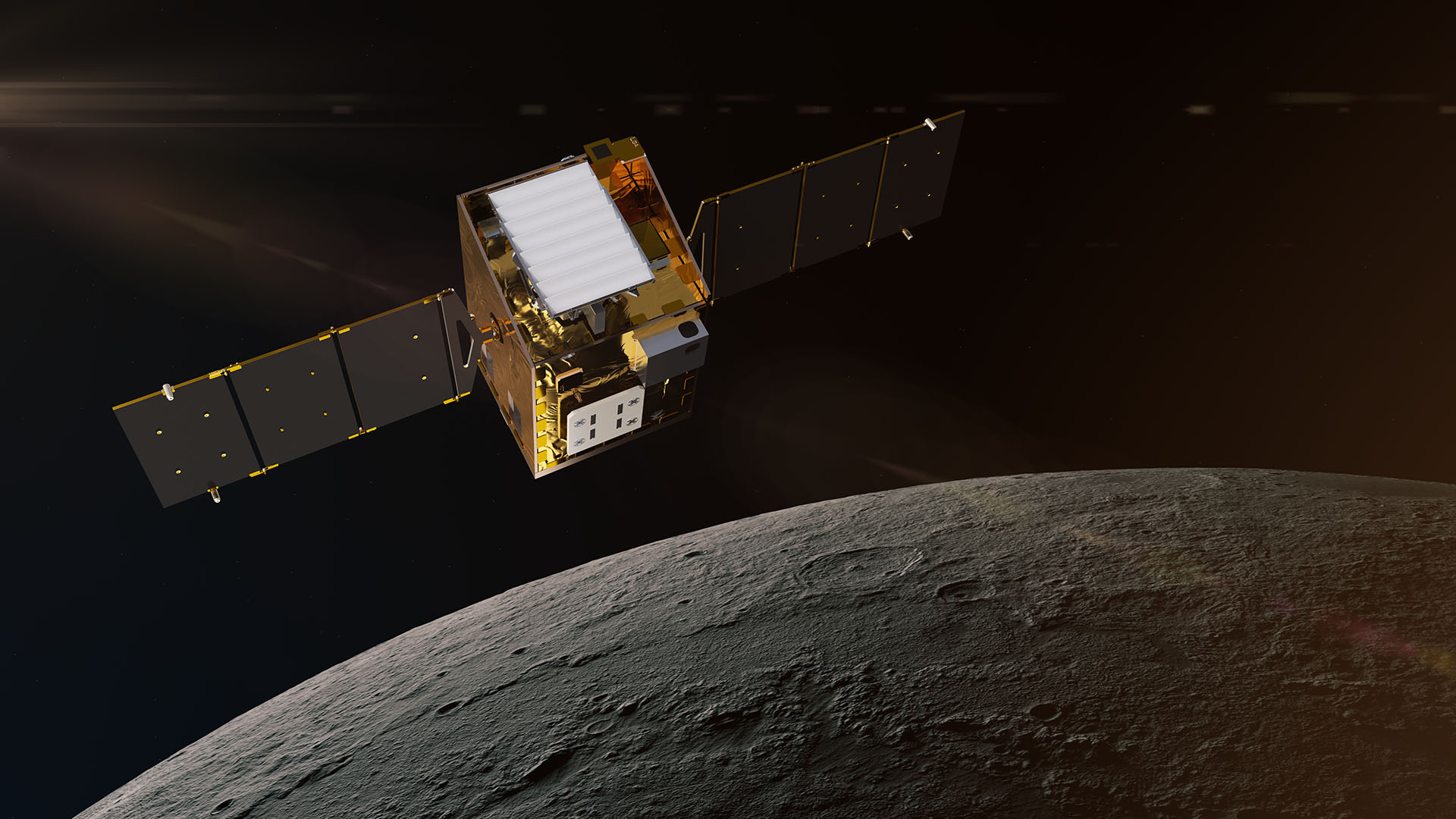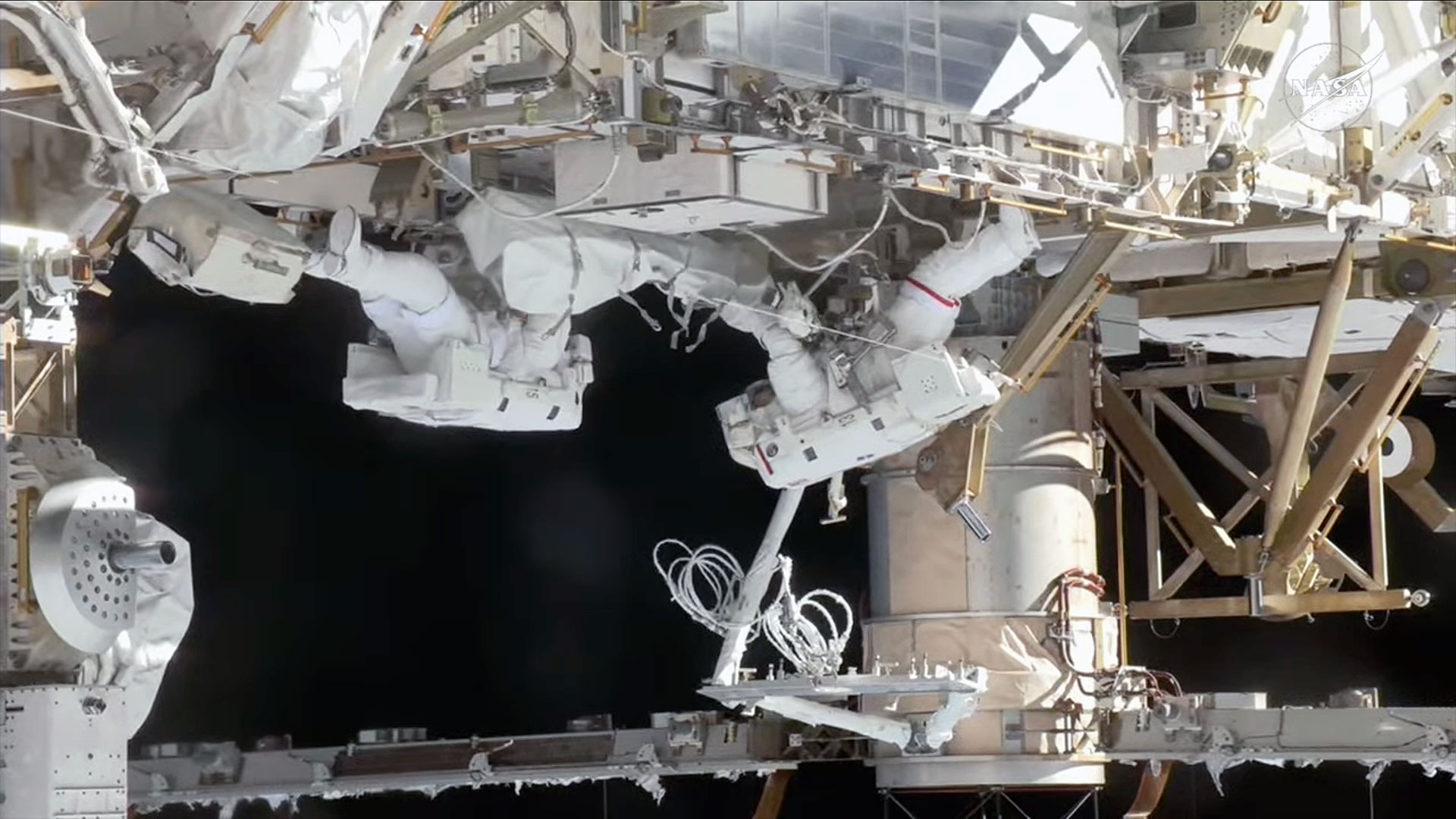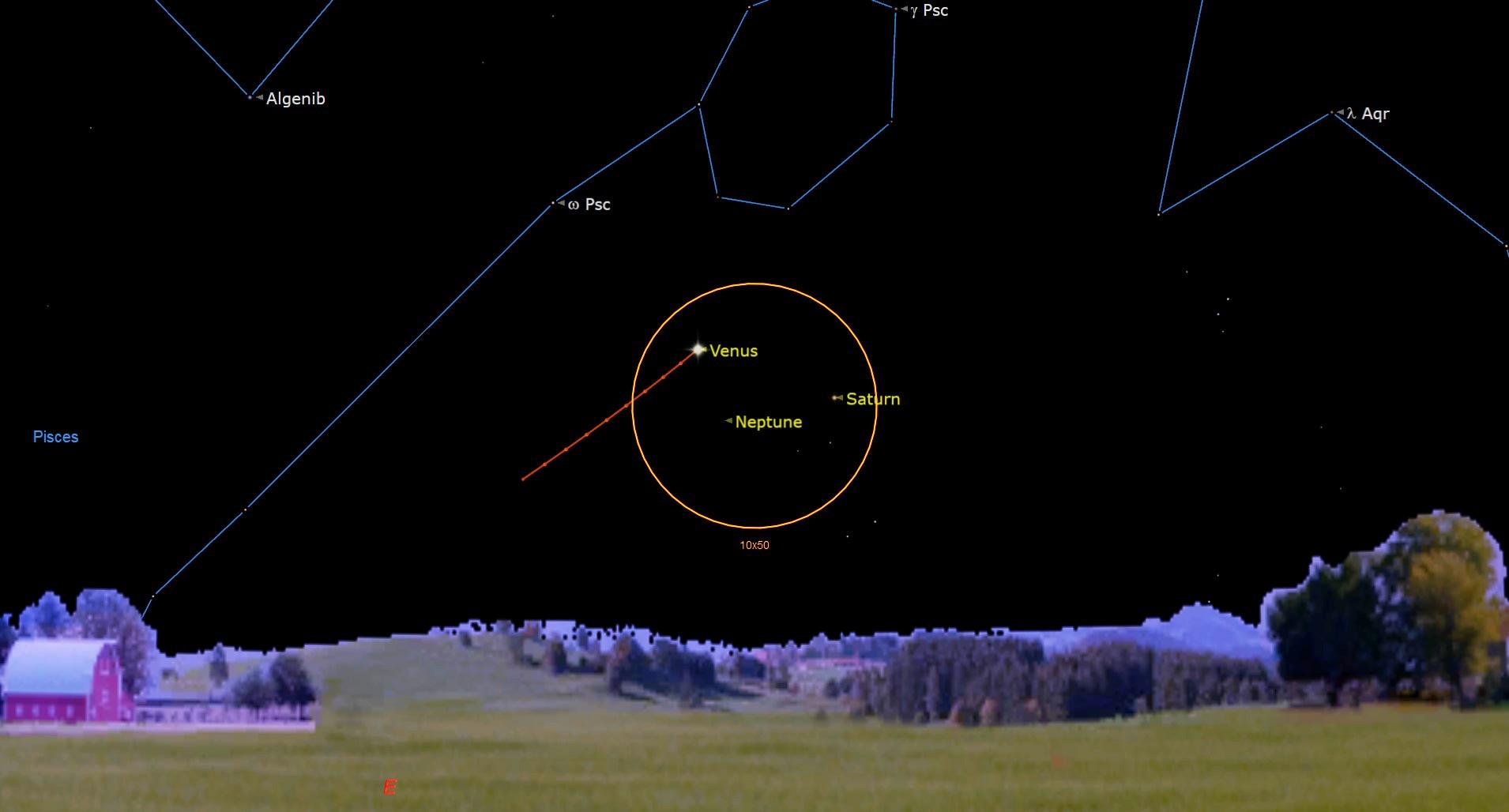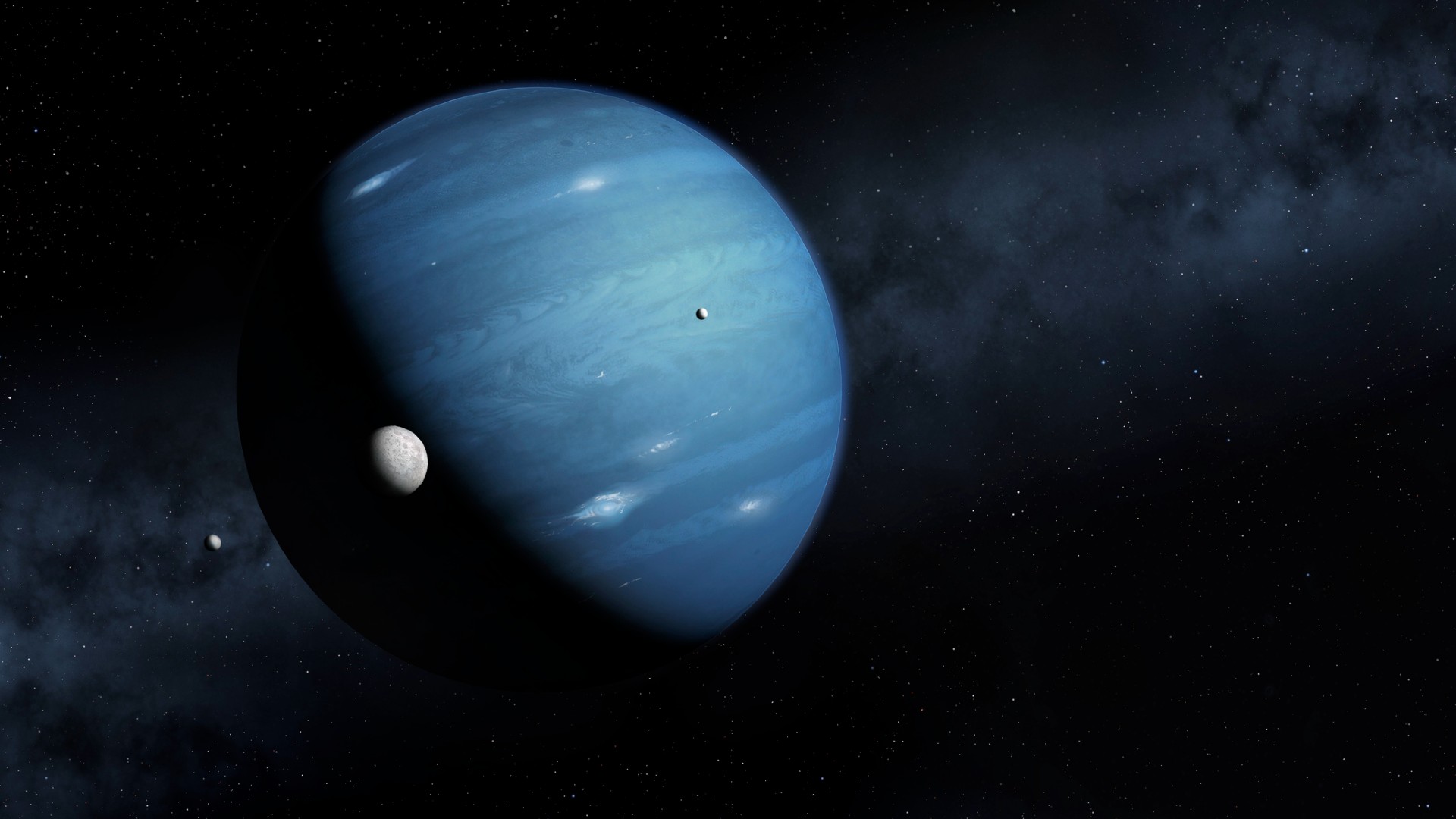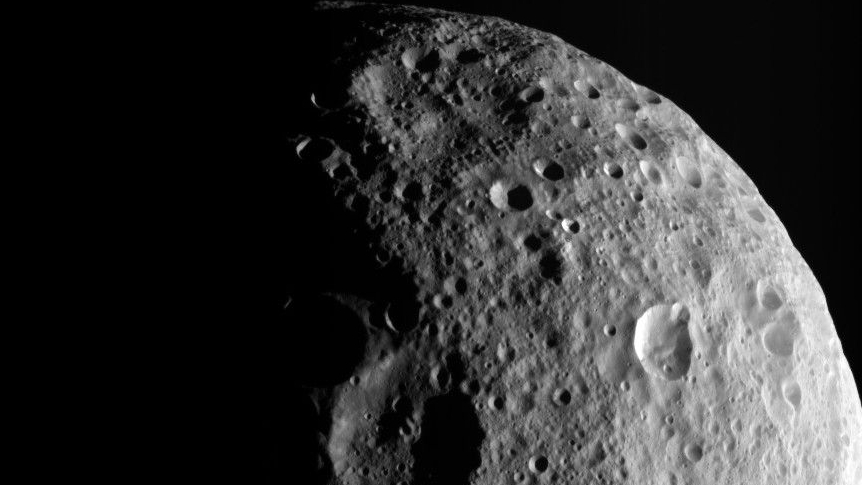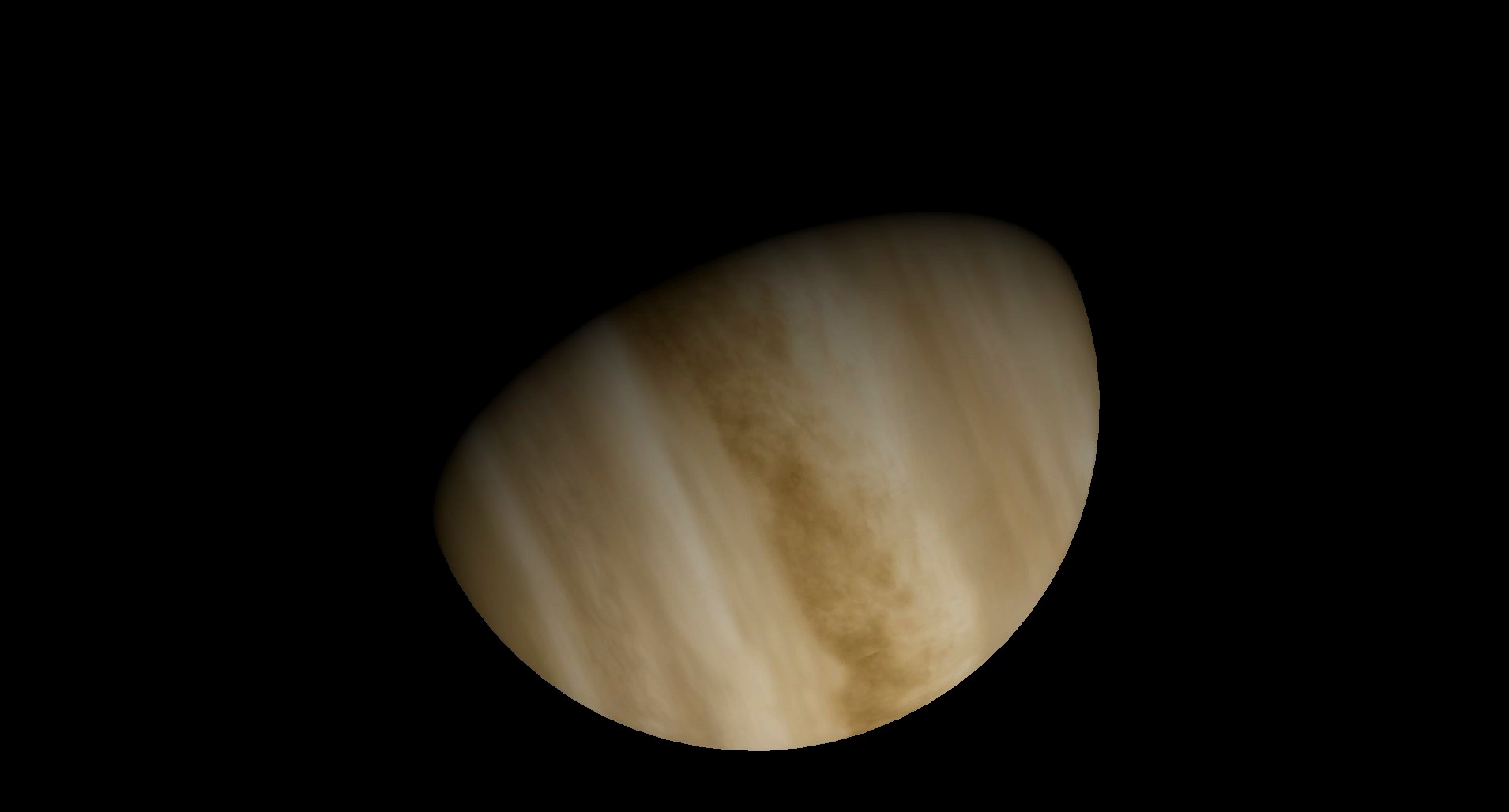
From now through mid-April, in the western evening twilight sky, the "Queen of the Night," better known as the brilliant planet Venus, will help you to identify the normally hard-to-find planet Mercury.
And along the way, Venus will have a striking interaction with The Seven Sisters, the Pleiades star cluster.
Through a run that will last more than two weeks, skywatchers will be able to watch as Venus hovers well above and to the left of Mercury. Then, later in the month, Mercury will drop into the sunset fires and ultimately fade from view.
Related: Solar system planets, order and formation: A guide
Normally a tough target

Looking for a telescope to observe double stars in the night sky? We recommend the Celestron Astro Fi 102 as the top pick in our best beginner's telescope guide. Don't forget a moon filter!
Venus, of course, attracts the attention of even casual skywatchers. One metaphor compares it to a sequined showgirl strutting her stuff in the western evening twilight. But most folks have never noticed another planet that, like Venus, swings back and forth nearer to the sun than Earth.
That's Mercury.
Mercury is a difficult object to study because it's a small planet — the smallest in our solar system. Scarcely half as far from the sun as Venus is, most of the time it's hidden by the sun's glare. Mercury ventures away from our star only about half as far into our evening sky, dodging out into view in the evening twilight low in the western sky. But when both Venus and Mercury shine together in the evening twilight, Venus can act as a celestial benchmark, pointing the way to the more elusive Mercury.
Get the Space.com Newsletter
Breaking space news, the latest updates on rocket launches, skywatching events and more!
Then, the speedy little planet is easy to see, if you know when and where to look.
Let Venus be your guide
On Saturday evening (April 1), about a half hour after sunset, using binoculars, scan near the west-northwest horizon to locate Mercury. Although shining at magnitude -1.0, which is virtually as bright as Sirius (the brightest star in the sky), Mercury is still deeply immersed in the bright evening twilight, so it might be a bit difficult to pick out initially.
But this unfavorable circumstance will rapidly improve in the coming days, for although it will slowly fade, this will be more than compensated by the fact that Mercury will be pulling farther away from the sun and correspondingly lifting higher up into the sky. Also take note how Mercury and Venus will appear to be positioned roughly 20 degrees apart. (Your clenched fist held at arm's length measures approximately 10 degrees.)
In fact, between April 4 and April 13, Mercury will be within 20.5 degrees of Venus. So, through the first half of April, Venus will serve as a convenient guidepost to locate this normally hard-to-find planet. About 30 to 45 minutes after sunset, look toward the west-northwest sky. You will immediately spot brilliant Venus. Hovering "two fists" below and to its right, you will see a bright yellowish-orange "star."
You'll then be looking at our solar system's "elusive" planet.
Related: Mercury: Facts about the closest planet to the sun
Best performance of 2023
In fact, this will be Mercury's very best showing of the year for those who are located north of the equator — better than even this year's best pre-sunrise apparition (which will occur in late September). And since more people are interested in looking for Mercury in the dusk than in the dawn, the dusks of early to mid-April are the ones to plan on.
On the evening of April 9, Venus and Mercury will appear closest together, 19.5 degrees apart. Though Mercury will be shining brilliantly at a magnitude of -0.2 — which is ever so slightly brighter and of a similar hue compared to Arcturus, the fourth-brightest star in the sky — the solar system's littlest planet still appears only 1/36 as bright as Venus, which ldazzles at magnitude -4.1.
Thereafter, the two planets will very slowly separate.
From our Earthly vantage point, Mercury will be sweeping around in its orbit, eventually taking it between us and the sun. So, its phase will be waning, going from gibbous to half-illuminated to a crescent. And as its disk becomes less illuminated, it will correspondingly fade in brightness.
Indeed, on April 11, while arriving at its greatest elongation, just 19 degrees east of the sun, Mercury will appear only half as bright as it appeared six days earlier. But for those situated at north-temperate latitudes, these early-spring elongations are when, during evening twilight, Mercury appears to stand almost directly over that point on the west-northwest horizon where the sun has set. So, this is when it shines highest during dusk. After April 11, Mercury will start descending into the twilight glow, while fading dramatically.
And don't overlook the Pleiades!
And while you're watching for Mercury each night, there is something else to keep an eye on, namely Venus' night-by-night climb toward the beautiful Pleiades star cluster, popularly known as The Seven Sisters. On April 1, the Pleiades will be floating about a dozen degrees above Venus. But with each passing night thereafter, Venus will approach the Pleiades, getting about one degree closer each day.
On the evenings of April 10 and April 11, Venus will make its closest pass relative to the Seven Sisters, coming within 2.5 degrees of this beautiful cluster. On April 10, it will be to the lower left, and on April 11, it will have shifted to its immediate left. While this will make for a pretty sight with the naked eye, by all means check out the view with binoculars. You'll find it captivating, if not even a little bewitching.
Fadeout
Getting back to Mercury, I'm guessing that the evening of April 18 will probably be the last chance for most people to get a glimpse of it. Half an hour after sunset, concentrate about 10 degrees above the west-northwest horizon. Binoculars will be a big help in picking Mercury out against the twilight sky. There you will find the planet, which will have faded to magnitude +1.5.
That will likely mark the close of the Mercury-Venus show for the spring of 2023.
If you're hoping to see Venus, Mercury and the Pleiades this month, our guides walking you through the best telescopes and best binoculars are a great place to start. And if you're looking to try your hand at taking photos of some of these celestial sights, don't miss our guides on the best cameras for astrophotography and best lenses for astrophotography.
Joe Rao serves as an instructor and guest lecturer at New York's Hayden Planetarium. He writes about astronomy for Natural History magazine, the Farmers' Almanac and other publications. Follow us on Twitter @Spacedotcom and on Facebook.
Join our Space Forums to keep talking space on the latest missions, night sky and more! And if you have a news tip, correction or comment, let us know at: community@space.com.

Joe Rao is Space.com's skywatching columnist, as well as a veteran meteorologist and eclipse chaser who also serves as an instructor and guest lecturer at New York's Hayden Planetarium. He writes about astronomy for Natural History magazine, Sky & Telescope and other publications. Joe is an 8-time Emmy-nominated meteorologist who served the Putnam Valley region of New York for over 21 years. You can find him on Twitter and YouTube tracking lunar and solar eclipses, meteor showers and more. To find out Joe's latest project, visit him on Twitter.
